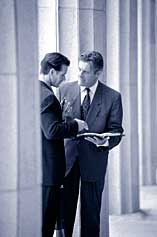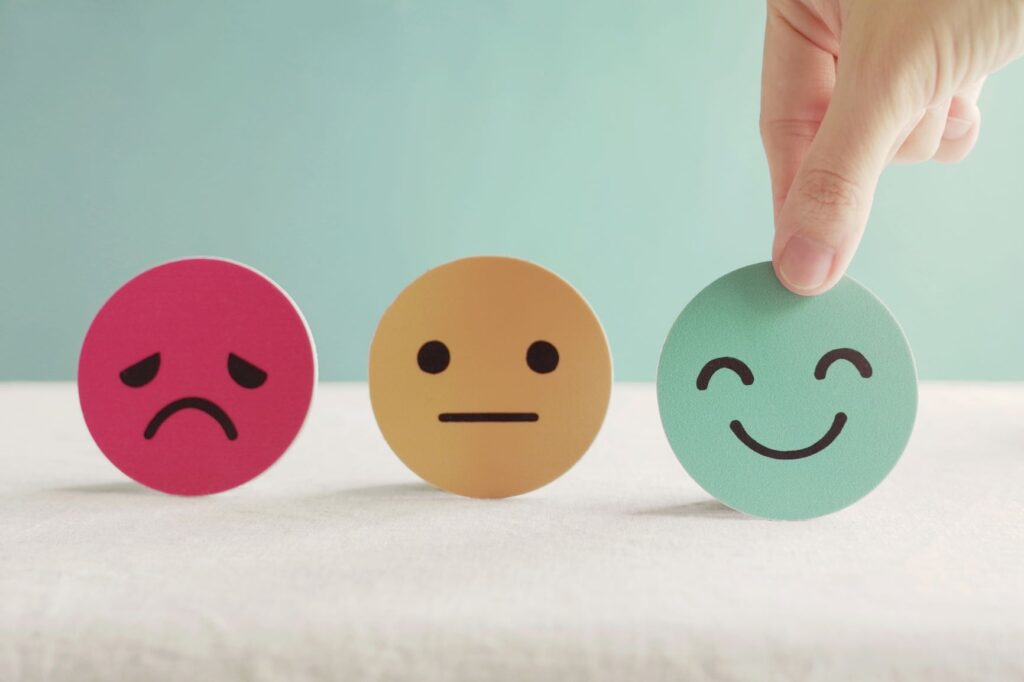 by Jennifer Colletta
by Jennifer Colletta
Learning and development have become one of the cornerstones of many companies’ response to the COVID-19 pandemic, as organizations seek to arm their employees with the skills needed to navigate the frequent change and disruptions, while also preparing them for ongoing digital transformation. In order for such efforts to be sustainable, companies must have a true commitment to fostering a learning culture, says Joe Whittinghill, corporate vice president of talent, learning and insights at Microsoft.
Whittinghill has spent more than two decades with the tech giant, including the last five helming its learning initiatives. His work was influential in the development of the Microsoft Learning Center and the creation of Microsoft’s Leadership Principles—a driving force in the company’s cultural transformation. Whittinghill recently sat down with HRE to talk about the role of learning in culture, particularly at a time of rapid reinvention.
HRE: What were L&D leaders at Microsoft spending most of their energy on prior to the pandemic? And how did the pandemic shift those priorities?
Whittinghill: At Microsoft, we have long been focused on creating a culture of “learn-it-alls” by developing a personalized learning journey with cutting-edge learning and development, content, platforms and services. Our approach to learning has moved rapidly to be grounded in neuroscience, and more fully understanding how the brain functions, to truly enable our best work and best lives. While the pandemic hasn’t drastically changed our overall approach, it has certainly accelerated it. What has changed is the move to fully virtual, both real-time and asynchronous, and the development and optimization of these durable capabilities within our portfolio of available learning methods. Now more than ever, we’re looking at bringing new ways of learning to our employees and ensuring that we continue to prioritize a learning culture by offering time and space for learning.





 by Eric J. McNulty
by Eric J. McNulty By Judith Humphrey
By Judith Humphrey by
by  by
by